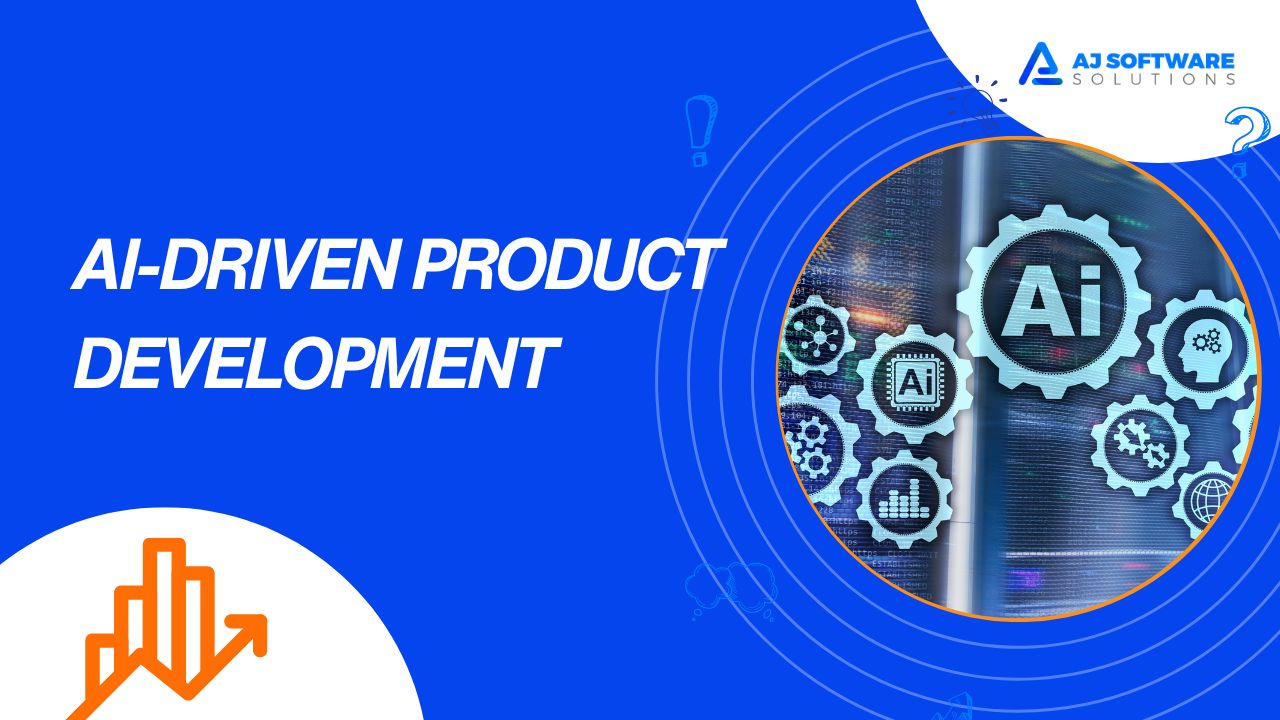AI-Driven Product Development
In today’s rapidly evolving technological landscape, product development has transcended its conventional boundaries. No longer are we confined to slow, incremental advancements; instead, we’re in an era where iterative deployments, agile methodologies, and lean start-up principles dominate the arena. Yet, despite these modern approaches, traditional product development processes have their limitations. They often involve manual data collection, subjective decision-making, and siloed operations that can result in inefficiencies, missed opportunities, and failed launches. Metrics and KPIs may be in place, but they often lack real-time analytical capabilities, hindering immediate decision-making and course corrections.
This is where Artificial Intelligence (AI) and Machine Learning (ML) come into play as game-changers. These technologies infuse product development with data-driven insights, predictive analytics, and automated workflows. Imagine a world where market trends are not just manually researched but are identified by AI algorithms that process millions of data points in real-time. Consider a development cycle where coding errors are flagged and corrected by intelligent systems, reducing the time and cost of debugging. Visualize a scaling strategy where machine learning models forecast resource requirements, allowing you to allocate assets proactively rather than reactively. AI and ML are revolutionizing each stage of the product development lifecycle, providing real-time metrics and analytics that validate progress and success at every step. They turn ambiguous processes into precise, measurable actions, thereby creating a more streamlined, efficient, and potentially lucrative path from idea to market.
So, as we delve into the intricacies of AI-driven product development in this article, bear in mind that we’re not just discussing a trend but a profound transformation in how we conceive, build, and commercialize products, solutions and platforms. The future is not just about being faster and cheaper; it’s about being smarter, more informed, and ever-adaptive to the ever-changing market dynamics.
The AI-Driven Product Development Lifecycle
AI Idea Generation and Validation
In the traditional product development landscape, ideas are often born from brainstorming sessions, customer feedback, and sometimes, gut feelings. AI takes this to another level by using algorithms that scan through existing data, identify patterns, and even predict future trends. Think of it as your digital ‘think-tank,’ capable of generating new product ideas or validating existing ones through data-driven insights. These insights can be as straightforward as identifying a rising trend within your target market or as complex as predicting the next big consumer need before it becomes apparent. This minimizes the risks associated with relying purely on human intuition. Following are some of the tools that I have using:
- Brandwatch: For social listening and trend spotting
- Jasper (by Jarvis.ai): AI-powered writing assistant for content ideas
- Google Trends: For real-time trend analysis powered by Google’s vast data

AI in Market Research and Trend Analysis
Old-school market research is about as fun as watching paint dry—lots of number crunching, data collection, and then some more data collection. AI simplifies this by automating much of the legwork. It can analyze customer behavior, preferences, and sentiments across various channels—social media, online forums, reviews, etc.—in real-time. Machine learning models can also crunch years of market trends to forecast future market movements. The result? A dynamic, continuously updated view of the market that allows for agile and responsive product development. I am listing here some of the tools that I have using:
- BuzzSumo: For analyzing what content performs best for any topic or competitor
- SEMrush: Comprehensive tool for keyword, competitor, and market analysis
- Ahref: For competition insights, trending insights and more
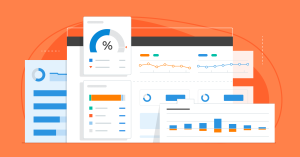
AI for Customer Need Analysis
Traditionally, understanding customer needs involved surveys, focus groups, and interviews. While these methods are valuable, they can be time-consuming and are often reactive rather than proactive. AI-powered tools can now analyze customer interactions, feedback, and even complaints to provide a more nuanced understanding of what the customer actually wants. Natural Language Processing (NLP) can dissect customer reviews and social media conversations to extract actionable insights about user needs and preferences, essentially offering you a ‘customer wish list’ without having to ask for it. Following are some of the tools that I have using in this category:
- Qualtrics: Advanced survey software with AI analytics
- MonkeyLearn: Text analysis with machine learning
- Salesforce Einstein: For CRM analytics

AI for Resource Allocation and Time Estimation
Resource allocation is akin to playing a never-ending game of Tetris. You’re always trying to fit skills, timelines, and budgets into a complex puzzle. AI algorithms can now take into account multiple variables like team skills, past project performances, and even market demands to optimally allocate resources for each phase of product development. This ensures that you’re not just meeting timelines but doing so in the most cost-effective manner. Moreover, AI can help estimate the time each stage of the product development will take, offering a more realistic and dependable project timeline.
- Jira with Portfolio: For Agile project management and resource allocation
- LiquidPlanner: Dynamic project management focused on resource allocation
- app: AI-driven time and resource prediction
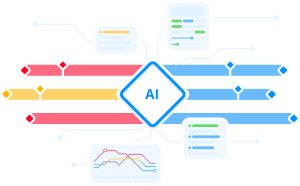
AI in Risk Assessment and Mitigation
One area often overlooked is risk assessment. AI can pre-emptively identify potential roadblocks, be it technical debt, market competition, or regulatory issues. By knowing the risks upfront, mitigation strategies can be put in place early in the development lifecycle, making the road to commercialization smoother.
- RiskWatch: For assessing operational and security risks
- Darktrace: Cybersecurity AI for risk identification
- Palantir for Enterprise: Data analytics for complex risk assessment

AI-Driven Product Implementation and Monitoring
AI in Software Development (Coding, Debugging, Testing)
The realm of coding and debugging has been traditionally reliant on human expertise, often leading to slower development cycles and the dreaded ‘bug hunting’ expeditions. AI tools can assist in code suggestion, identify bugs before they become critical issues, and even optimize code for better performance.
- GitHub Copilot: AI-powered coding assistant for faster code writing.
- DeepCode: Reviews your code and learns from the codebase to provide real-time feedback and suggestions.
- Applitools: For automated visual testing through AI.

Using Big Data & ML for Real-Time Monitoring
Real-time monitoring has become crucial for tracking user engagement, system performance, and identifying potential issues before they affect the customer. Big Data and ML technologies can sift through enormous volumes of data, making sense of it all in real-time.
- Splunk: For searching, monitoring, and analyzing machine-generated data.
- Datadog: Cloud-based monitoring and analytics platform.
- Google Cloud’s BigQuery ML: For running machine learning models directly on BigQuery data.
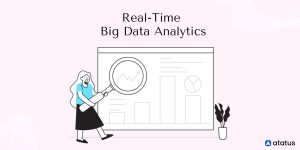
AI in DevOps for Continuous Integration and Deployment
DevOps has been a game-changer in software development, and when combined with AI, it takes automation to the next level. AI can predict system failures, automate repetitive tasks, and make the CI/CD pipeline smoother.
- Jenkins with AI plugins: For automating various parts of the software development process.
- GitLab’s Auto DevOps: Leverages machine learning for automated code testing and quality analysis.
- Harness: Continuous Delivery-as-a-Service platform that uses machine learning to simplify deployments and rollback safely when something goes wrong.
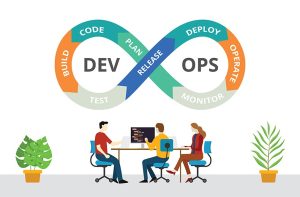
AI in Product Scaling and Commercialization
AI for Go-to-Market Strategy
In the competitive landscape of today’s market, having an intelligent Go-to-Market (GTM) strategy can be the difference between success and obscurity. AI can analyze market trends, competitor strategies, and customer behavior to recommend the most effective paths for market entry or expansion.
- Clearbit: Provides real-time data enrichment for tailoring your GTM strategy.
- Marketwatch: Advanced consumer insights for building a data-driven GTM strategy.
- InsideView: For market segmentation and targeted outreach.
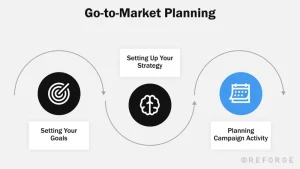
AI for Customer Relationship Management and Marketing
AI is a powerhouse for CRM and marketing, offering personalized interactions, predictive customer behavior, and automated responses, among other benefits.
- HubSpot with AI capabilities: Provides AI-powered marketing automation features.
- Salesforce Einstein: AI-enhanced CRM for smarter sales processes.
- Intercom: Offers an AI-powered customer messaging platform.

AI-Driven Pricing Strategies and Optimization
Pricing can often be a complex dance of numbers. AI algorithms can consider a multitude of factors like demand, competitor pricing, and seasonal trends to dynamically adjust pricing in real-time.
- Pricing Solutions: Specializes in data-driven pricing strategies.
- Dynamic Yield: Offers AI-powered personalized pricing options.
- Boomerang Commerce: Provides dynamic price optimization based on real-time market factors.
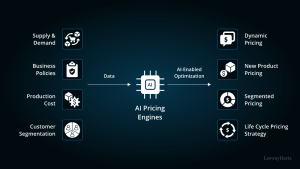
Conclusion
In the fast-paced, ever-evolving landscape of product development, AI has emerged as the ultimate catalyst for innovation, efficiency, and data-driven decision-making. From the ideation phase right through to scaling and commercialization, AI and its allied technologies—be it machine learning, big data, or predictive analytics—offer a toolkit for modern businesses that’s too compelling to ignore. As we transition into an era where data is the new currency, integrating AI into your product development lifecycle isn’t just an option; it’s a necessity for staying competitive and relevant. Armed with the right tools and strategies, the future isn’t just bright; it’s downright intelligent.

